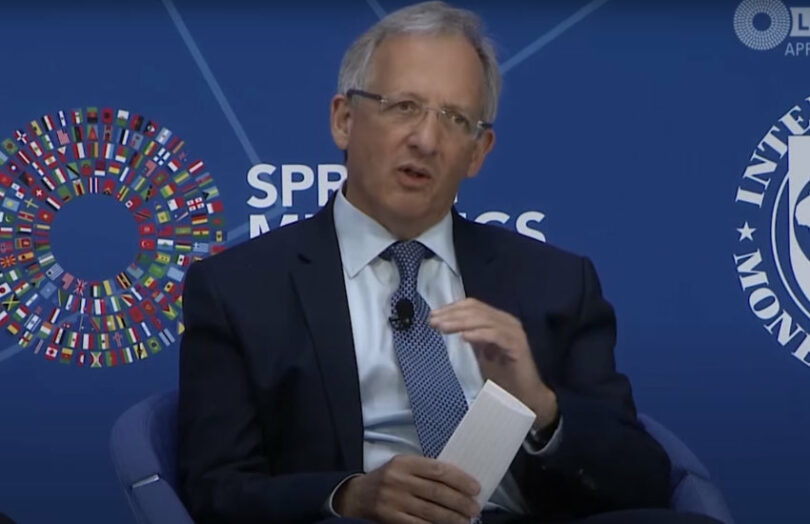During a speech yesterday, Sir Jon Cunliffe, Deputy Governor of the Bank of England, said stablecoins may need holding limits. He also outlined why they would not receive deposit protection and questioned how public blockchain stablecoins could comply with future regulations. As context, this year’s Financial Services Markets Act gave the Bank the power to regulate systemic stablecoins. Now the Bank is about to share a discussion paper on proposed regulations.
The central bank digital currency (CBDC) currently being explored by the Bank of England has proposed holding limits of £10-20,000 ($12-24k), a figure the banking sector believes is too high. In contrast, the EU is currently considering a €3,000 limit. By setting limits it discourages a rapid shift from bank deposits into a CBDC, which could destabilize banks.
Stablecoin limits
Sir Jon mentioned stablecoin limits and hinted that CBDC holding limits may not persist.
“For the Digital Pound, we have proposed limits, initially at any rate, to manage the risk, and it would make sense to take a similar approach to stablecoins,” said the Deputy Governor. The rationale is that stablecoins could suddenly take off, and this would prevent destabilizing banks.
Regarding deposit insurance, that’s not on the cards for stablecoins. Currently, (some of) the insurance cost is spread amongst banks, which is not viable for stablecoins.
Today most stablecoins are issued by a company, transferred on a public blockchain and controlled in a variety of wallets. Sir Jon noted this separation and observed that it is possible to structure stablecoins in various ways. However, future regulations will identify a payment system operator that is responsible for managing end-to-end risks. The current separation of roles could make that tricky.
“It is not clear that use of public, permissionless transfer mechanisms, at least with current technology, would be consistent with this requirement,” said the Deputy Governor. “But our regime will be designed to be flexible and accommodate different structures insofar as that can be achieved with the necessary management of risks.”
Deposit tokens
Sir Jon’s speech, his last at the Bank of England, also covered cross border payments and CBDC. He briefly touched on deposit tokens, saying they would fall under the existing banking regime.
However, he questioned whether they would be able to circulate freely. The recipient becomes a bank customer, requiring know your customer and anti money laundering compliance procedures. If there were a need for a rapid deposit insurance payout, the question is whether a bank would be able to provide a snapshot of customers that hold its tokens.
Sir Jon’s speech indirectly referenced Fnality, the wholesale settlement solution waiting for the Bank’s go ahead to launch. The settlement token is backed by commercial bank money held in an omnibus account at the central bank. Hence, one might view it as a wholesale stablecoin or a synthetic CBDC. A speech footnote hinted at a reason for the launch delay. “The Bank is considering the risks and benefits of innovations in wholesale settlement, including the use of stablecoins for wholesale purposes, and will set out its views in due course.”
As with Sir Jon’s other speeches, it’s well worth a read.






